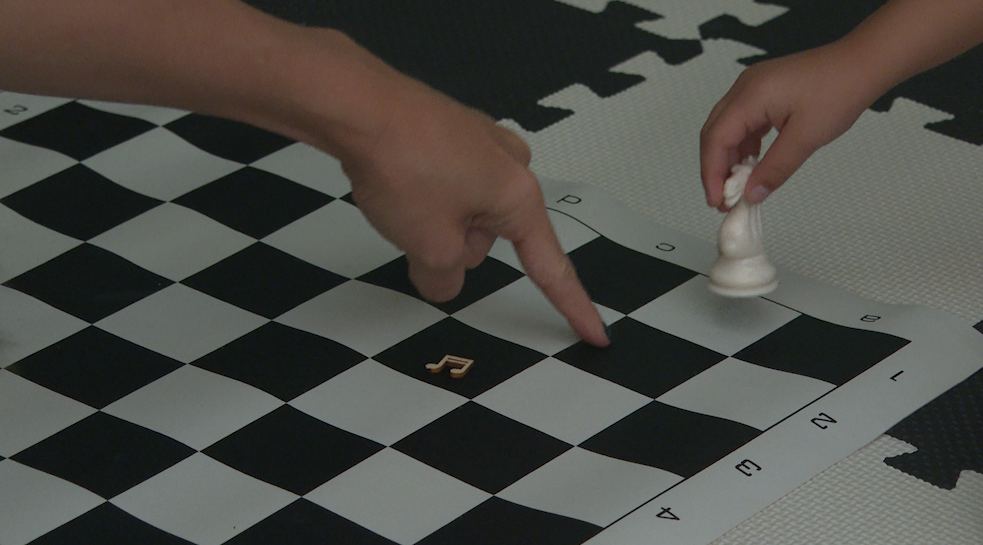A Unique Approach to Teaching Chess
Students as young as 3 years old are discovering the game of chess, but not in the traditional way. Instead of sitting at a board and memorizing moves, they are engaging with a creative method known as “Musical Chess.” This innovative approach was developed by Adrienne Tellier, who uses her background in musical theatre to create a curriculum that combines music, dance, and chess.
Tellier’s program is designed to teach critical thinking skills through fun and interactive lessons. She offers her classes in schools and private settings throughout the Upstate region, making it accessible to a wide range of children. The goal is not to turn students into grand masters, but to help them develop confidence and a love for learning.
Learning Through Music and Movement
The lessons involve using familiar songs to teach the movement of chess pieces. For example, students might learn the movements of a knight or a rook by setting those actions to the tune of “Wheels on the Bus.” This method helps children memorize how each piece moves while making the learning process enjoyable.
Each week, students are introduced to a new chess piece and encouraged to move across a life-sized chessboard. This physical activity allows them to understand the game in a more tangible way. By getting up and moving their bodies on the chessboard, children engage both their minds and their bodies, making the experience more dynamic and memorable.
Tellier emphasizes that she doesn’t expect young children to sit still for long periods. Instead, she believes that movement helps reinforce learning. “I don’t expect a 3-year-old to sit still for a 30-minute class, but then it’s also ingraining into our memory that way,” she explains.
Benefits Beyond Chess
While the primary focus is on chess, the program also fosters important life skills. Children learn to follow instructions, work together, and think strategically. These abilities can be applied to other areas of their lives, helping them succeed in whatever interests they pursue.
The use of music and dance makes the lessons more engaging for young learners. It encourages creativity and self-expression, which are essential components of early childhood development. By combining different forms of learning, Tellier ensures that her students remain interested and motivated.
Expanding Access to Musical Chess
Tellier’s approach has gained attention for its unique blend of education and entertainment. Parents and educators alike appreciate the way she makes complex concepts accessible to young children. Her program is a great example of how traditional subjects can be taught in innovative ways that cater to different learning styles.
As more schools and families become aware of “Musical Chess,” the program continues to grow. Tellier remains committed to providing high-quality instruction that is both fun and educational. Her vision is to inspire a new generation of learners who see the value in critical thinking and creativity.
By using music, movement, and play, “Musical Chess” is proving that learning can be both effective and enjoyable. It’s a model that could inspire similar programs in other areas, showing that there are many ways to teach important skills to young children.







